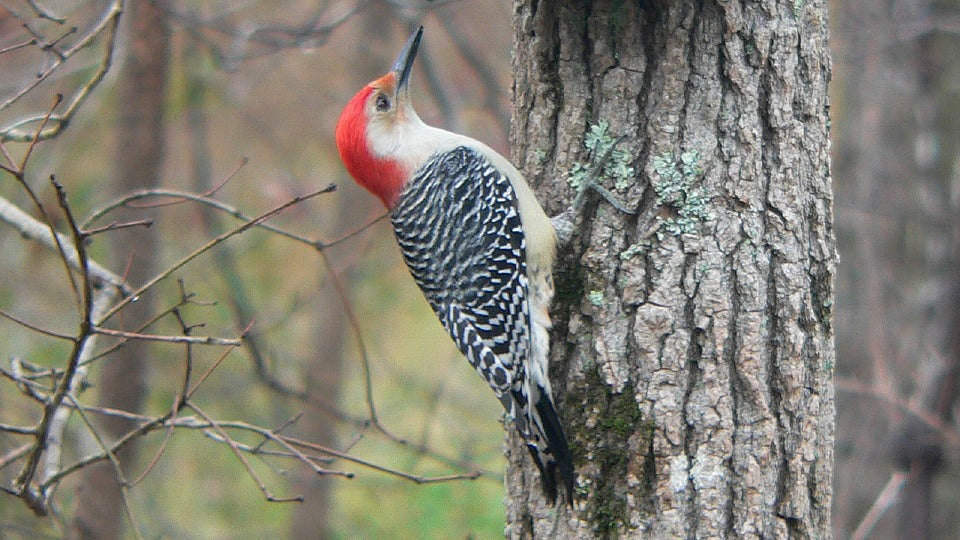Offer
Provide additional details about the offer you're running.
Provide additional details about the offer you're running.
Provide additional details about the offer you're running.

As birders, we’ve all been there; either catching a glimpse of a unique bird flying past or hearing a unique and unknown song while in your home, backyard or out in the field. For most of us, it can become mad, but the quiet dash to identify the bird and possibly snap a photograph if the opportunity presents itself.
Aside from blatantly uncommon markings, it can be a little difficult to immediately identify the bird you are viewing or that quickly passed by while in flight, especially for beginner birders. In this post, we have compiled what we believe to be the three most effective markings to help you quickly and accurately identify your subject bird.
This is number one. Most birds can be identified with even the fastest moving glimpse by their overall size and shape. Many times folks will ask us in the store about birds observed and one of the most helpful pieces of information people and provide us with is the size and shape of the bird. A common practice is to compare the sizing of that of a more common species like owls, robins, hawks, doves, and sparrows for example. Once you narrow down the sizing, it is much easier to explore related species and close in on your observed bird. In fact, the Cornell Lab of Ornithology’s website begins by grouping birds into shapes and is a great tool for those looking to narrow down their selection.
While this marking might prove to be difficult with a bird in flight, if you have the opportunity to spot your subject perched, this will be fairly easy to take note of. You will want to note the length, shape, and colour of the bill and also whether or not it is curved upwards or downwards along with any changes with regards to the thickness of the bill along the length.
While the eye itself can be a very small target, many answers lie within the distinct markings found around the eyes of a variety of species of birds. You should make note of the eye colour where and when possible, but more importantly, pay attention to any eye rings, eyebrows or eye line markings. These types of markings are usually dead giveaways when combined with the shape and size of the bird.
Once mastered, these three main markings should provide the answers to most of your questions regarding identification. Moving to the next level of birding involves learning about more detailed areas like the crown, nape and throat and chest colouring, among many other key identifiers. Remember to have fun, take notes and always have your trusted field guide handy at all times!
High Quality Blend